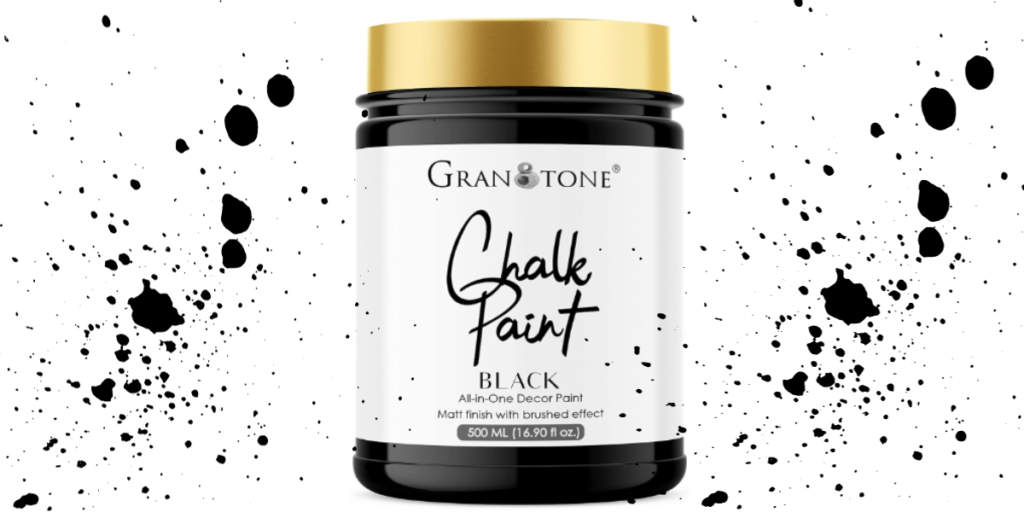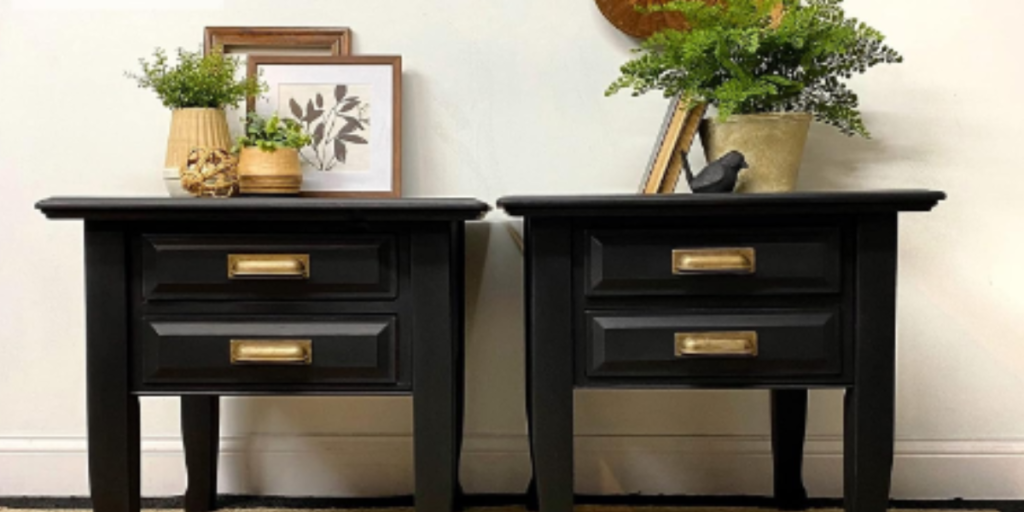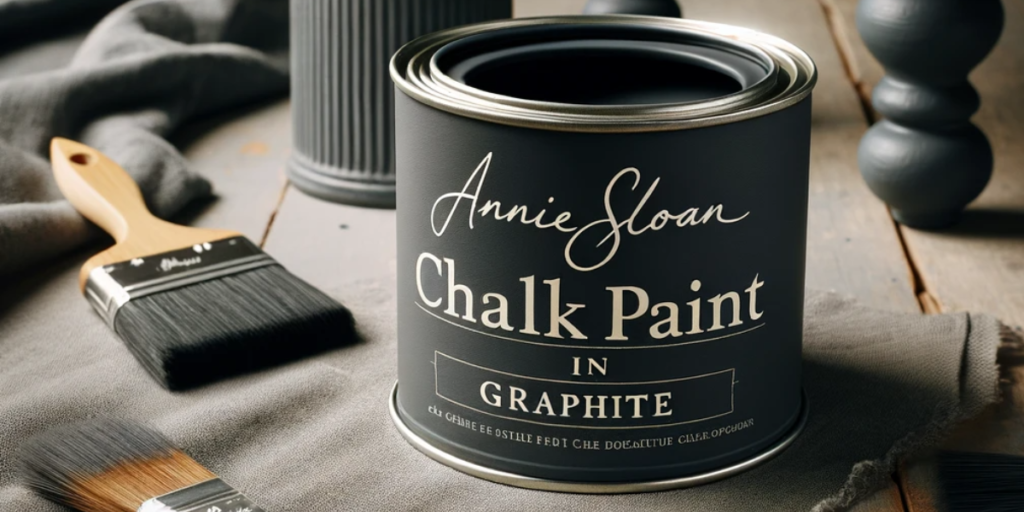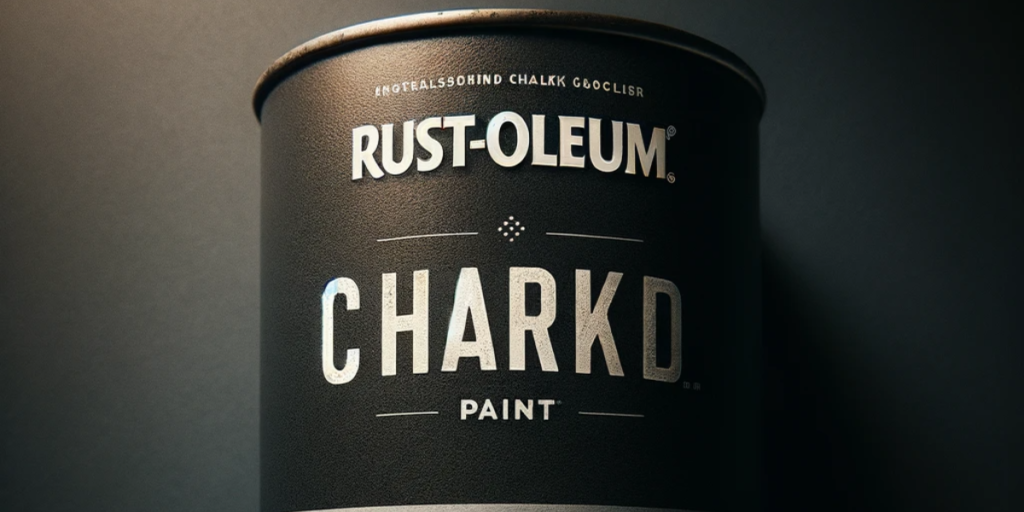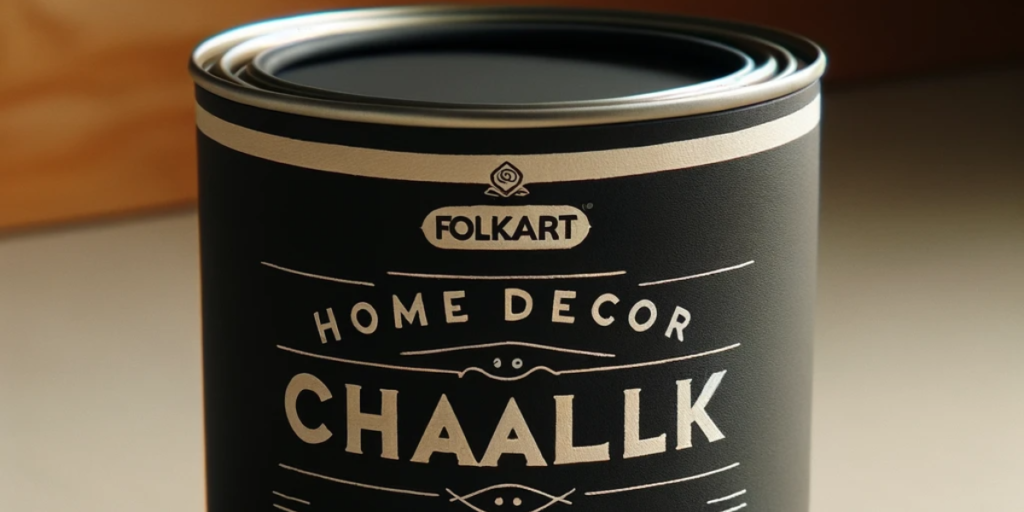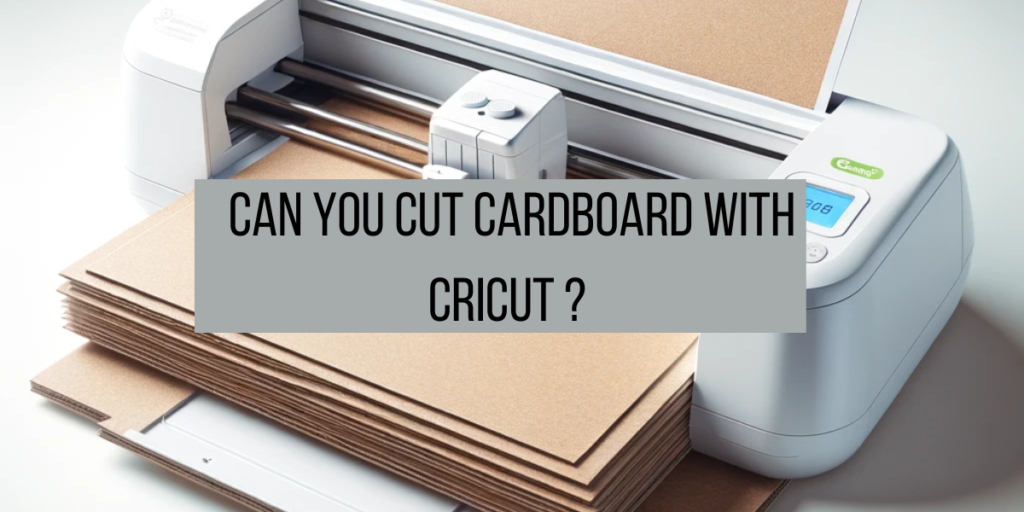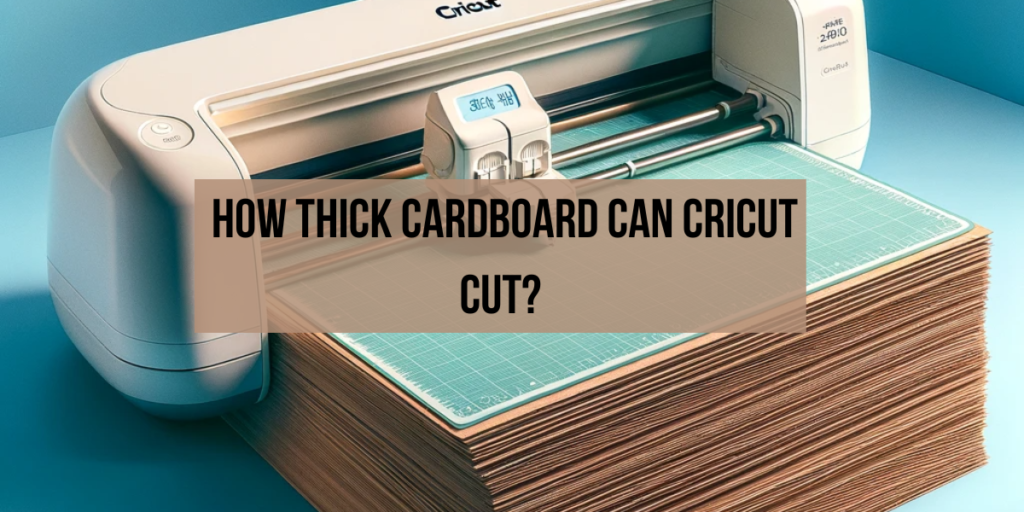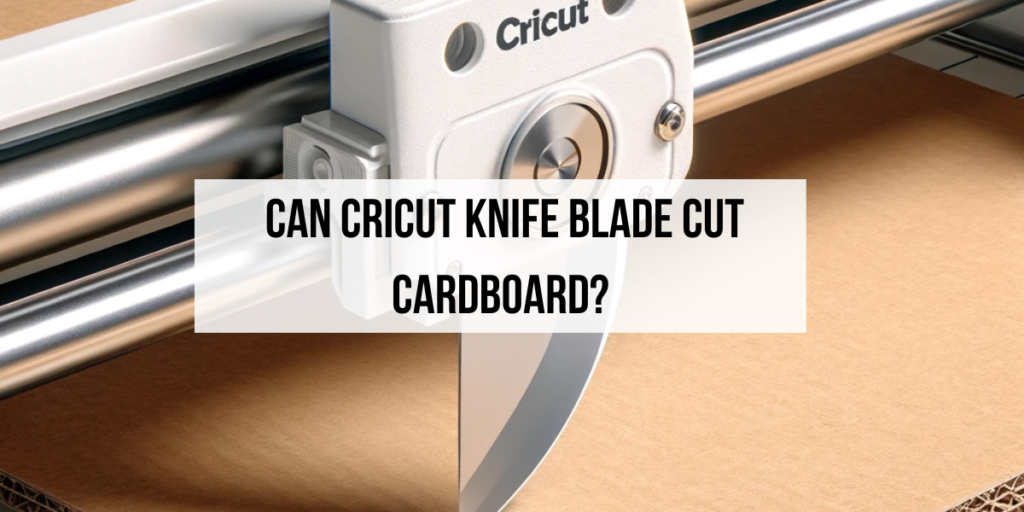Want to make your old furniture cool and new again?
Black chalk paint is an awesome way to do it! It’s like giving your furniture a cool, old-fashioned look.
Picking the best black chalk paint might seem a bit tricky with so many kinds out there.
But don’t worry! In this blog, we’re going to check out the best black chalk paints for your furniture.
You’ll learn how to choose the right one to make your furniture super stylish. And guess what?
You can even spray chalk paint for a smoother finish!
Learn all about it at this link Whipperberry guide on spraying chalk paint. Let’s get your furniture looking amazing!
Is Black Chalk Paint Good For Furniture?
Yes, black chalk paint is great for furniture.
It gives a timeless, classic look and is super versatile, fitting with many styles from modern to vintage.
Black chalk paint sticks easily to furniture without much prep, which is awesome for DIY projects.
And it usually has a cool, matte finish. Once you’re done painting, you can use wax or a sealant to keep it looking good for a long time.
If you’re new to chalk paint or want to learn more about what it is and how to use it, click the link here.
Which is The Best Black Chalk Paint For Furniture?
Some of the best black chalk paints known for their quality and finish include:
- Annie Sloan Chalk Paint in Graphite: Known for its rich, deep black with a hint of grey.
- Rust-Oleum Chalked Paint in Charcoal: Offers a smooth, matte finish and is easy to apply.
- FolkArt Home Decor Chalk Paint in Rich Black: Popular for its creamy texture and durability.
- Dixie Belle Chalk Paint in Caviar: Favored for its true deep black color and high coverage.
- Amy Howard One Step Paint in Black: A great option for a classic, smooth finish.
Each of these brands offers unique qualities, so the best choice depends on the specific needs of your project, such as the desired finish, ease of application, and coverage. Let’s start with the first one.
